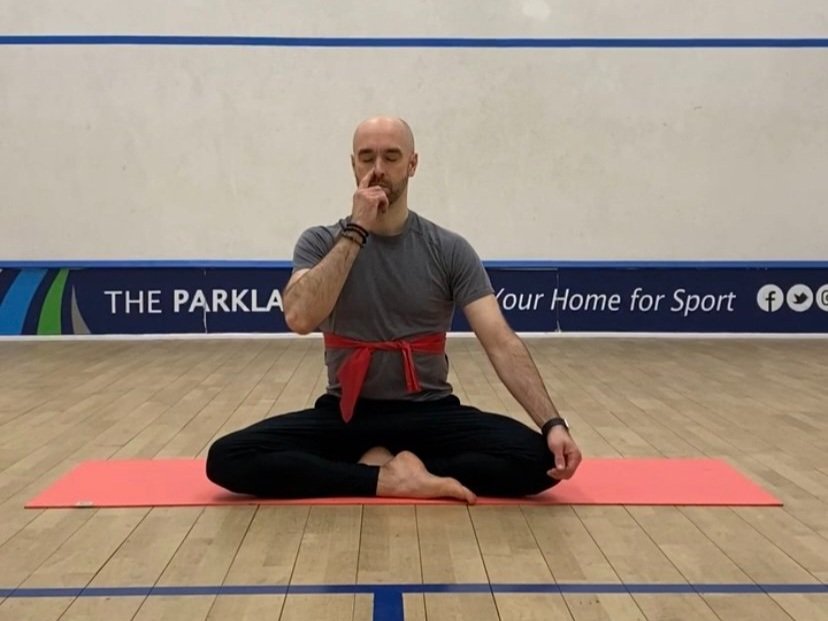Yoga has long been associated with relaxation, mindfulness, and flexibility. However, when it comes to athletes, yoga takes on a different role—one that focuses on enhancing performance, preventing injuries, and aiding recovery. While traditional yoga aims to balance the mind and body holistically, yoga for athletes is a more targeted practice. Here’s how the two differ and why yoga is an essential addition to any athlete’s training regimen.
1. Focus on Performance Enhancement
Regular yoga prioritises overall well-being, stress relief, and spiritual growth. Yoga for athletes, however, is tailored to optimise physical performance. It emphasises mobility, strength, and balance—helping athletes move efficiently and with better body control. By incorporating dynamic movements and sport-specific poses, yoga for athletes directly contributes to improved performance in their respective disciplines.
2. Injury Prevention and Recovery
While traditional yoga is designed to achiveve spritual fulfilment, yoga for athletes specifically targets injury prevention and recovery. By addressing muscular imbalances and improving joint health and stability, athletic yoga reduces the risk of common sports injuries. Additionally, targeted stretching and functional breathing facilitate faster recovery, allowing athletes to maintain peak performance levels.
3. Building Strength Through Range, Not Just Passive Flexibility
Regular yoga often emphasises passive flexibility, but yoga for athletes incorporates movements that build strength through the full range of motion. This approach ensures that athletes are not only flexible but also strong and stable in their extended positions, reducing the risk of overstretching injuries and enhancing functional movement patterns.
4. Sport-Specific Customisation
Regular yoga follows a structured sequence of poses that benefit general health. Yoga for athletes, on the other hand, is customised based on the demands of a specific sport. A runner might focus on hip openers and hamstring stretches, while a swimmer may emphasise shoulder mobility and core strength. This personalised approach ensures that athletes are strengthening the muscles they need most.
5. Greater Emphasis on Strength and Stability
While regular yoga often emphasises passive flexibility, yoga for athletes incorporates more strength-based movements. Stability-focused poses like lunge-based sequences and balance exercises help reinforce muscle engagement and improve neuromuscular coordination. This strength-building aspect is crucial for athletes who need to generate power and maintain control over their movements.
6. Breath Training for Both Aerobic and Anaerobic Performance
Breathing exercises are a core component of traditional yoga, but athletes use them differently. Yoga for athletes focuses on breath control to enhance both aerobic and anaerobic performance, improving oxygen efficiency and allowing for better energy management during training and competition. Functional breathing techniques help to regulate heart rate, down regulate the nervous system and maintain composure under pressure, giving athletes a mental edge in high-stakes situations.
7. Time-Efficient Sessions
Athletes have demanding training schedules, so yoga for them is often more time-efficient than traditional classes. Instead of lengthy sessions, athletes will incorporate short, focused yoga routines that complement their primary training. These may include pre-workout mobility flows, post-workout recovery sequences, or mindfulness and breathing-based relaxation techniques.
8. Evidence-Based Health Benefits vs. Traditional Scripture
While traditional yoga is often grounded in ancient scriptures and philosophical teachings, yoga for athletes is based on modern scientific research and evidence-based methods. The focus is on practical tools and techniques that have been proven to enhance athletic performance, recovery, and overall health rather than esoteric or spiritual concepts.
In conclusion, while both regular yoga and yoga for athletes share foundational elements, their applications differ significantly. Yoga for athletes is more functional, sport-specific, and performance-driven, making it an invaluable tool for anyone looking to gain a competitive edge. Whether you’re a squash player, runner, swimmer, or strength athlete, integrating yoga into your training can help you move better, recover faster, and stay injury-free.
And if you’re an athlete looking to enhance your game by incorporating yoga into your routine, head over to yogathletic.passion.io to start your 7 day FREE TRIAL. Your body—and your performance—will thank you!




